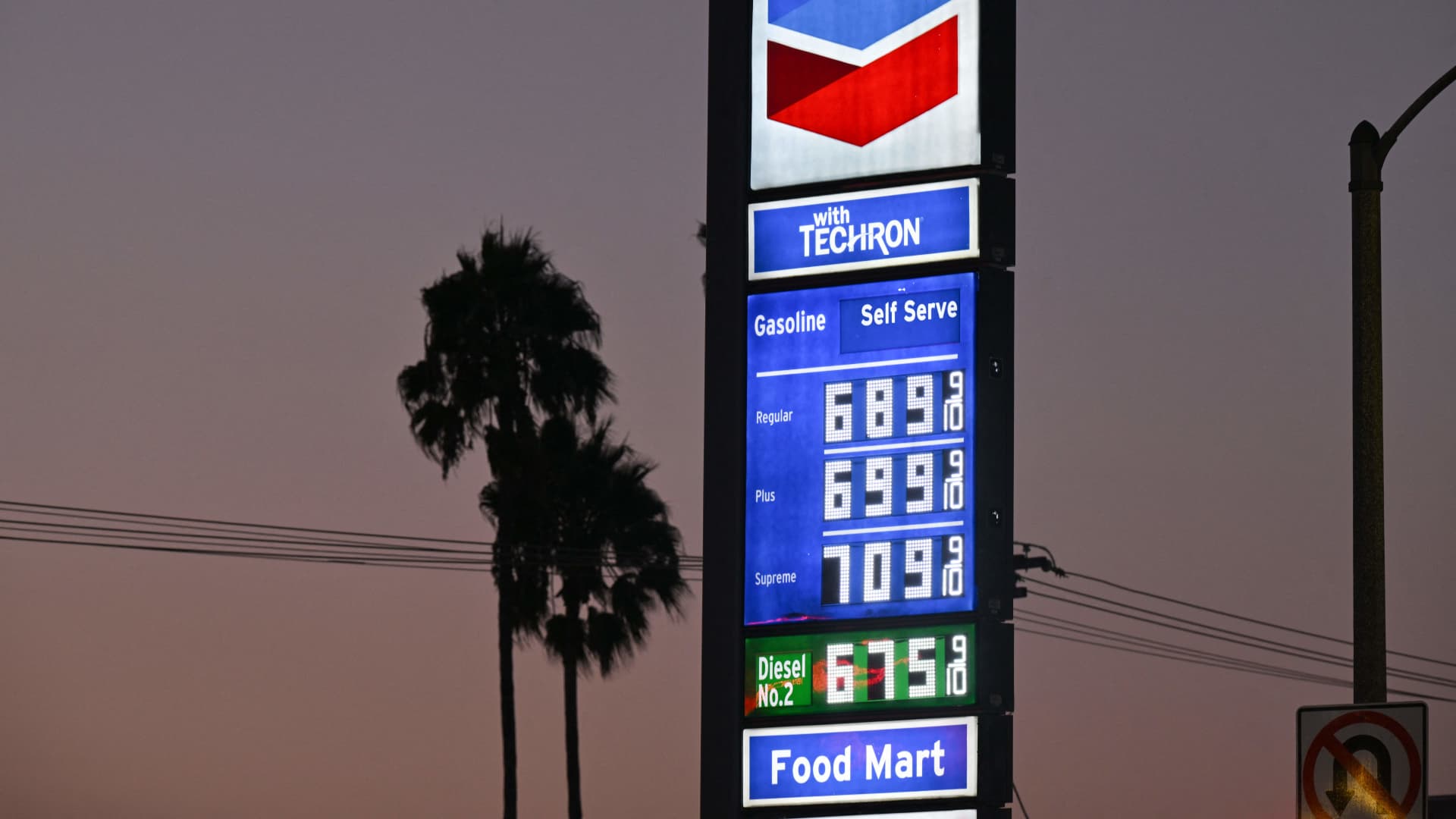California-based WattEV will begin construction next month on that state’s first solar-powered charging station exclusively for heavy-duty trucks up to 80,000 lb GVWR. Located in Bakersfield, it will feature a 5 MW solar array plus battery storage using second-life battery packs. On its website, the company says, “WattEV is speeding up the transition of US trucking transport into zero emission faster than anyone could expect. We use a combination of business and technology innovation to create infrastructure and data driven workflow that provide truckers and fleet operators the lowest total cost of ownership. Our goal is to get 12,000 HD electric transport trucks on the road in California by the end of 2030, exceeding existing forecasts.”
The Bakersfield installation will take 2 years to build. Initially, it will have 12 truck chargers with a total capacity of 4 MW and will cost $10 million to build, with $5 million of that provided by a grant from the California Energy Commission. Other participants in the project include the San Joaquin Valley Air Pollution Control District, the Central California Asthma Collaborative, Greenlots, and Power Electronics, among others.
Courtesy of WattEV
Eventually, the 110 acre site will cost $30 million to complete and will feature 40 chargers, 25 MW of solar plus storage, and 40 MW of charging capacity. It will offer drivers a choice of 250 kW, 350 kW, and 1 MW chargers. The 1 MW units will deliver 320 miles of range to a Class 8 tractor in 30 minutes, according to PV Magazine.
The Bakersfield site is located just 1 mile from an Amazon fulfillment center and 12 miles from a Walmart distribution center. In addition to the Bakersfield project, WattEV reported it is in the planning stages for similar projects in San Bernardino and Gardena in Southern California. Both will serve the Port of Los Angeles and Port of Long Beach, where goods coming into the country from overseas are transported to warehouses and distribution centers nearby.
Transportation As A Service
WattEV is about much more than charging stations. Its core business is operating a transportation as a service (TaaS) network of heavy-duty trucks, some of which it will own and some of which it will manage for other companies. It has ordered 50 Tesla Semis and 6 VNR Electric Class 8 trucks from Volvo. The VNR has a 264 kWh lithium-ion battery, a range of 150 miles, and the ability to charge to 80% capacity in 70 minutes. The company says it wants to have 12,000 trucks under management by 2030 and a system-wide charging capacity of 1 GW. For more on WattEV’s TaaS model, watch the video below.
WattEV has signed its first electric truck “transportation as a service” contract with TTSI for 16 trucks that will haul loads from California ports to regional destinations. TTSI will use WattEV’s trucks, charging infrastructure, and EV management services.
Moving goods from ports to end users is usually a job for big, snorting diesel-powered trucks. WattEV is taking the lead in transitioning those heavy trucks to pollution-free electric models in southern California and harnessing sunlight to keep them charged up and ready to work. That’s good news for the Earth. The switch to electric trucks can’t happen fast enough, particularly for those who live and work along transportation corridors in the Golden State.
Appreciate CleanTechnica’s originality? Consider becoming a CleanTechnica Member, Supporter, Technician, or Ambassador — or a patron on Patreon.


